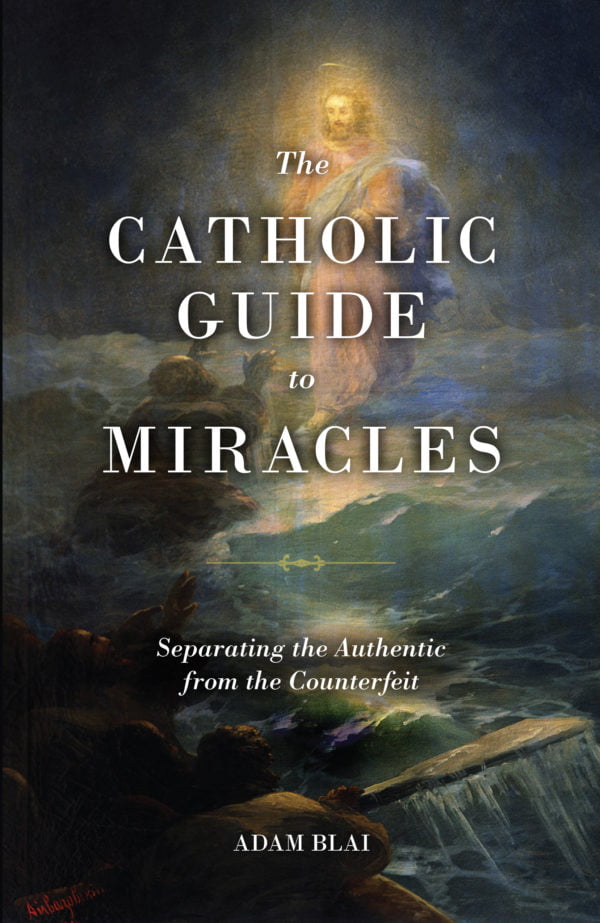The Miracle of Incorruptibility Points to Eternity
The incorrupt saints serve as a sign of comfort and hope to many people. Their pure bodies point to the immortality of the soul, a confirmation that these persons were and remain special in a supernatural way. Though they may not still be alive on earth, and their souls are no longer there, their bodies become a sign of godliness. Thus, incorruptibility is a reminder of the intrinsic connection between the body and the soul
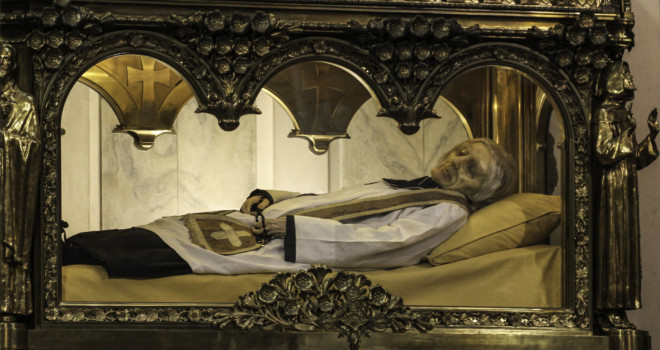

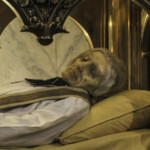
The Incorruptibles
In 1977, Joan Carroll Cruz wrote a thoroughly researched book on the incorruptible saints called The Incorruptibles. Before this, there had been no thorough treatment of the topic, though some general phenomena were described by Fr. Herbert Thurston in his 1952 book, The Physical Phenomena of Mysticism. There were also many simple references to incorruptibility in the Acta Sanctorum, the official account of the saints published by the Jesuits.
Cruz described her motivations for writing the book — to dispel false impressions and get at the truth of incorruptibility — in its preface:
In a number of European churches there can be found crystal reliquaries that contain reclining statues representing particular Saints, the bones of the Saints being enclosed in their stimulated figures. Because of the techniques employed in reproducing pictures of some of these models, the figures have been frequently mistaken for the actual bodies, producing errors such as that involving St. Francis of Geronimo . . . and creating false rumors, as occurred with regard to St. Frances Cabrini, whose body was never found preserved.
Cruz worked with various shrines that host seemingly incorrupt bodies and found that, in many cases, the remains had been damaged or destroyed by fires, floods, or persecutors of the Church. It also turned out that, in many cases, the relics were not in the shrine, the city, or even the country where they were purported to be. Record keeping was usually subpar, and so inaccuracies about the number and perfection of incorruptibles had seeped into the Catholic consciousness.
This is not to say, however, that the entire concept has been disproved — far from it! Rather, it is a reminder that the Church continues to appeal to the very best science in the claims she makes about miracles, including correcting impressions that had been based on mistaken or out-of-date information. In many cases, Cruz does an excellent job of relating the story of past incorruptible saints that their orders provided to her. There are a number of incorruptible saints whose remains are still available or were so well known over history that there is no doubt of their validity.
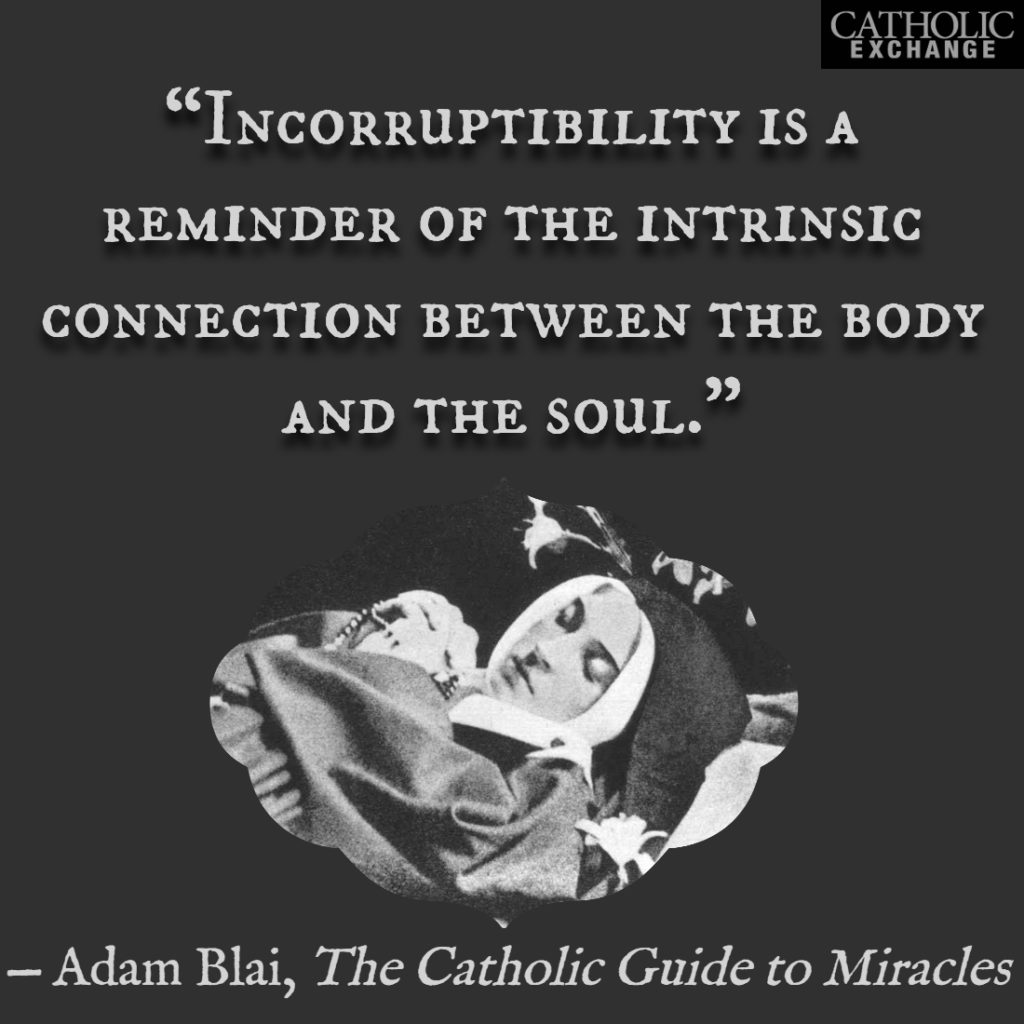
It is important to begin this topic with an overview of how the body changes after death in normal circumstances. Without any intervention, human or divine, the corpse normally decomposes like any other organic matter. Depending on the climate and the soil, an unembalmed body buried without a coffin takes eight to twelve years to decompose to a skeleton. In extraordinary cases, though, natural circumstances such as extreme dryness and cold can cause the process to be delayed indefinitely. One example is the famous “Iceman” found in 1991 in the Alps; he had been largely preserved by the ice for about five thousand years.
Humans can also step in to arrest the normal process. The preservation afforded by embalming varies based on a number of factors: how quickly the body was embalmed after death, the thoroughness of the embalming, the type and quality of the casket, the airtightness of the vault, and so on. In some cases, an embalmed body may be perfectly preserved twenty years later, while in others, it may begin to decompose within a year or two. In the rare cases in which bodies are regularly maintained, the preservation can last much longer. It is important to note that embalming techniques were known in the ancient world for about three thousand years before Christ.
In all of these cases, though, bodies found preserved by intentional or accidental means are stiff, discolored, and partially skeletal. This is in stark contrast to the bodies of saints deemed incorrupt by the Church. In many of the recognized cases, for instance, the bodies were in no position to be preserved by natural circumstance — and sometimes were even exposed to water, which normally speeds up decomposition — and were never embalmed at all. In spite of this, they are often found lifelike and flexible, sometimes even with a sweet aroma. In addition, examiners often observe a clear serum exuded from the body over time.
Why Incorruptibility?
One may reasonably wonder why God would demonstrate His power in this way. It may be a miraculous sign that serves to confirm something from a holy person’s life. For instance, St. Bernadette Soubirous received the message, “I am the Immaculate Conception,” from Mary, which confirmed the recently defined dogma of the Church. Bernadette’s incorruptibility may be, at least in part, a confirmation from Heaven of the validity of her visions and of this dogma of the Church.
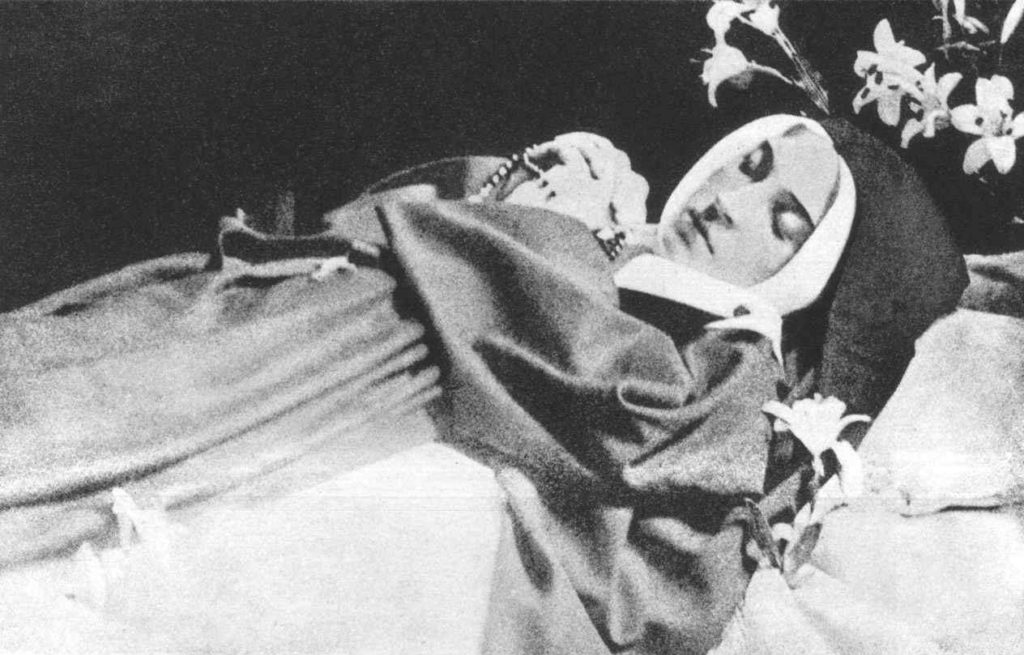
The incorrupt saints serve as a sign of comfort and hope to many people. Their pure bodies point to the immortality of the soul, a confirmation that these persons were and remain special in a supernatural way. Though they may not still be alive on earth, and their souls are no longer there, their bodies become a sign of godliness. Thus, incorruptibility is a reminder of the intrinsic connection between the body and the soul. A person is defined as the union of a soul and a body. If the souls of incorrupt persons have attained Heaven, then their bodies may also show some supernatural traits.
Incorruptibility and Relics
Incorruptibility is not a precisely defined phenomenon. Sometimes it is dramatically beyond what should be possible, as in the case of St. Cecilia, and sometimes it is less dramatic, such as the head of St. Catherine of Siena. Incorruptibility does not mean the body is perfect, but rather that it is more preserved and lifelike than it should be. It is important to note that for the purpose of approving sainthood and devotions, the Church does not put much stock in whether a person’s body seems to be incorrupt. While incorruptibility used to be considered a miracle that implied sainthood, it is now considered only a favorable sign. What validates saints are their lives and objectively verified miracles connected with them, not the states of their bodies. Not all saints are or were incorrupt; in fact, only a tiny portion of them have been.
In looking at the history of incorrupt bodies, we see part of the development of the tradition of venerating first-class relics. A first-class relic is a piece of the body of a saint (or anything from the Passion of Jesus); a second-class relic is something that a saint owned in life; and a third-class relic is something that has been touched to a first-class relic.
Miracles happen in the lives of saints. Is it not unreasonable to expect them to happen after they die? In the Christian view, the person is two parts: a soul and a body joined. That whole person is separated at death, with the soul (for the saint) residing in Heaven and the body remaining here. The two will be reunited in a new way with a glorified body when Jesus returns. The body left here now is still the saint’s body, however. It is still part of the entire person. This is perhaps why God allows miracles associated with relics, and why we see demons identifying the saints’ relics that are applied to them, showing great fear of the saints’ power. And it is also perhaps why the holiness of a person’s soul is manifested in his or her body after death, through the miracle of incorruptibility.
✠
Editor’s note: This article is adapted from the opening chapter in Mr. Blai’s new book, The Catholic Guide to Miracles: Separating the Authentic from the Counterfeit, available from Sophia Institute Press.
image: This is the incorrupt body of St John Vianney, enshrined in a great basilica in Ars-sur-Forman, photo by Fr. Lawrence Lew, O.P. / Flickr (CC BY-NC-ND 2.0)


